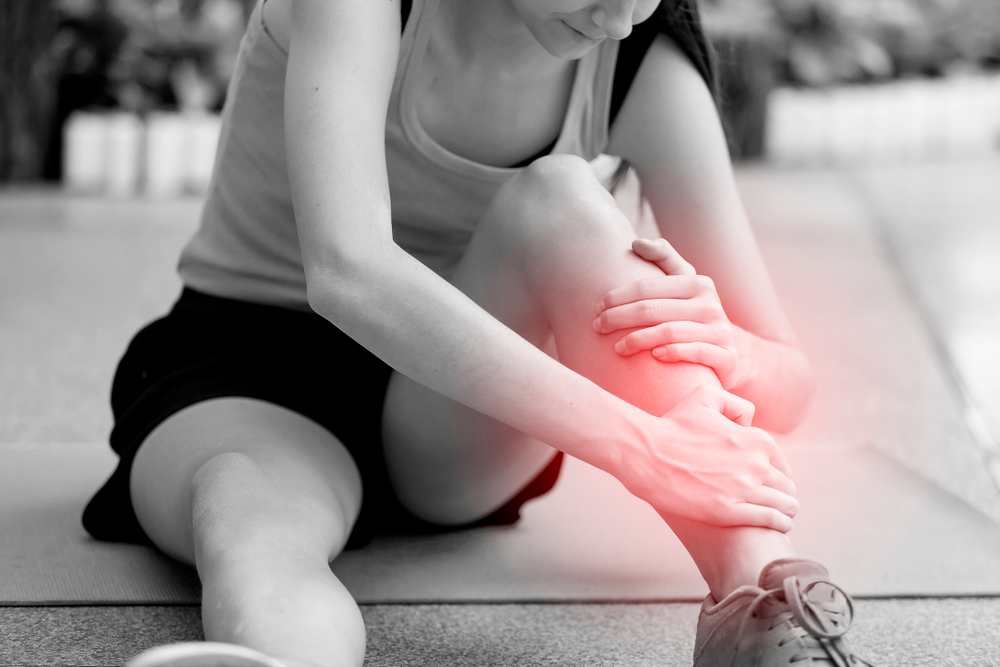


Shin splints is a very common pain, particularly among those who play sports that involve a lot of running. It is a term referring to pain that is felt along the shin bone anywhere from the knee to ankle.
It’s important to know the signs and symptoms of shin splints so you can take appropriate preventative measures. If you are experiencing severe discomfort and pain, the home doctor experts at House Call Doctor recommend seeking advice from your local GP or a sports medicine specialist such as a podiatrist or physiotherapist.
What is shin splints?
Shin splints, also known as medial tibial stress syndrome, can occur on either side of the shinbone. It refers to inflammation of muscles, tendons and bone tissue around your tibia. Pain felt on the inner side of the shinbone is called ‘medial shin splints’ and pain on the outer side of the shinbone is called ‘anterior shin splints’.
The exact cause of shin splints is unknown, however recent research suggests it could be a stress reaction from the bone.
Symptoms of shin splints
The signs and symptoms of shin splints include:
- Aches and pains along the shinbone
- Area is tender and sore to touch
- The overlying skin may be red and inflamed
- Pain may be felt before, during or after running.
Factors that can cause shin splints
Here are some factors that can cause shin splints:
- Exercising too hard or beyond your level of fitness which can cause strain to muscles, tendons, joints and bones
- Flat feet can pull at the shin tendons, as the shin muscles maintain the instep and arch of the foot
- Poor running form and incorrect technique which cause strain on the muscles and tendons
- High impact activities such as running, particularly on hard or uneven surfaces
- Wearing the wrong type of shoe that doesn’t provide sufficient support.
How to reduce your risk of shin splints
There are a few ways to reduce the risk of shin splints including:
- Warming up and cooling down when exercising
- Strengthening the muscles in your lower legs
- Being mindful of what surfaces you exercise on
- Reducing the intensity of your exercise
- Ensuring you are wearing appropriate shoes
- Finding lower impact alternatives such as swimming or walking.
How to treat shin splints
You can treat shin splints at home by:
- Resting
- Applying an icepack to the area
- Taking anti-inflammatory painkillers
- Doing low impact activities while you recover.
There may be other conditions contributing to shin splints, so if the problem persists, it’s important to seek professional medical advice from your GP.




